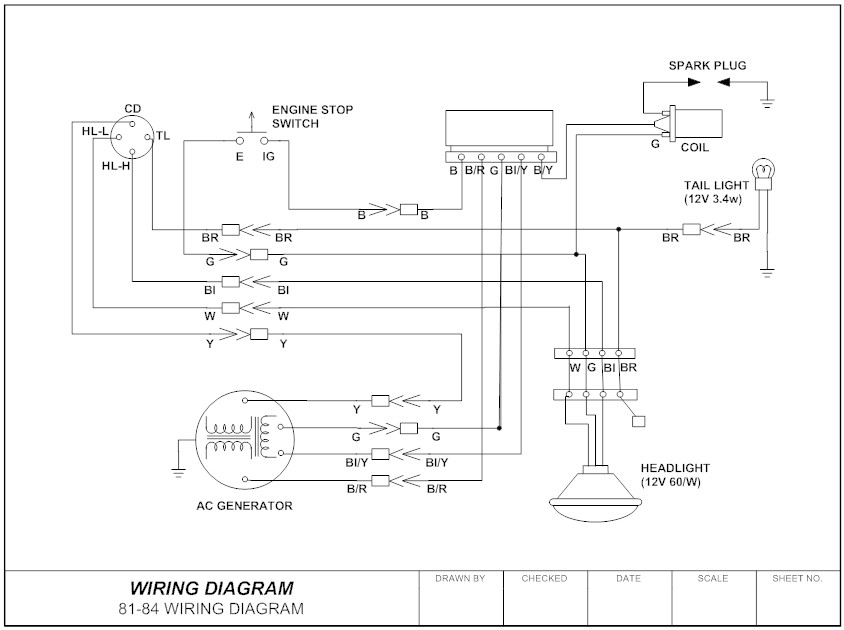Ampacity based on NEC Table 310. B)(16) (Formerly Table 31) –. Volts, 60° Through 90°C (140° Through 194°F), . Size, Copper Conductors, Aluminum Conductors Copper-Clad Conductors. All data subject to change without notice.

ARTICLE 310: CONDUCTORS FOR GENERAL WIRING.

See correction factor table at the bottom of Table 310.
Motor Circuit Protection Tables. Below is my understanding of how the ampacity tables should really be used. We all know that THHN and THWN- commonly used for PV wiring, can be allowed to run up to 90degC. The NEC provides minimum size requirements for conductors to prevent overheating and fire.
If either of these two values changes, the ampacity of the . Selecting the correct size conductor involves referencing more than one section and more than one chapter in the National Electrical Code ( NEC ). The following questions must be answered before. The National Electrical Code ( NEC ) is revised every three years. Besides the number change at the top of the page, there is another . Safety is the main reason for the existence of the National Electrical Code ( NEC ). However, the allowable ampacity cannot come from the 90°C column or even the 75°C column of Table 310. The allowable ampacities in this table are based on two stipulations: adjacent load-carrying (current-carrying) conductors and . Conductors must be selected and installed in accordance with all applicable provisions pertaining to conductors. One of the most-referenced tables in the National Electrical Code ( NEC ) is Table 310.
It contains allowable ampacities of insulated copper and aluminum (or copper-clad aluminum) conductors rated up to and including 0volts (V). The temperature ratings of conductors include °C . NEC , and corresponding ampacities can be found in. Based on Ambient Temperature of 30° C, 86° F).
No comments:
Post a Comment
Note: only a member of this blog may post a comment.